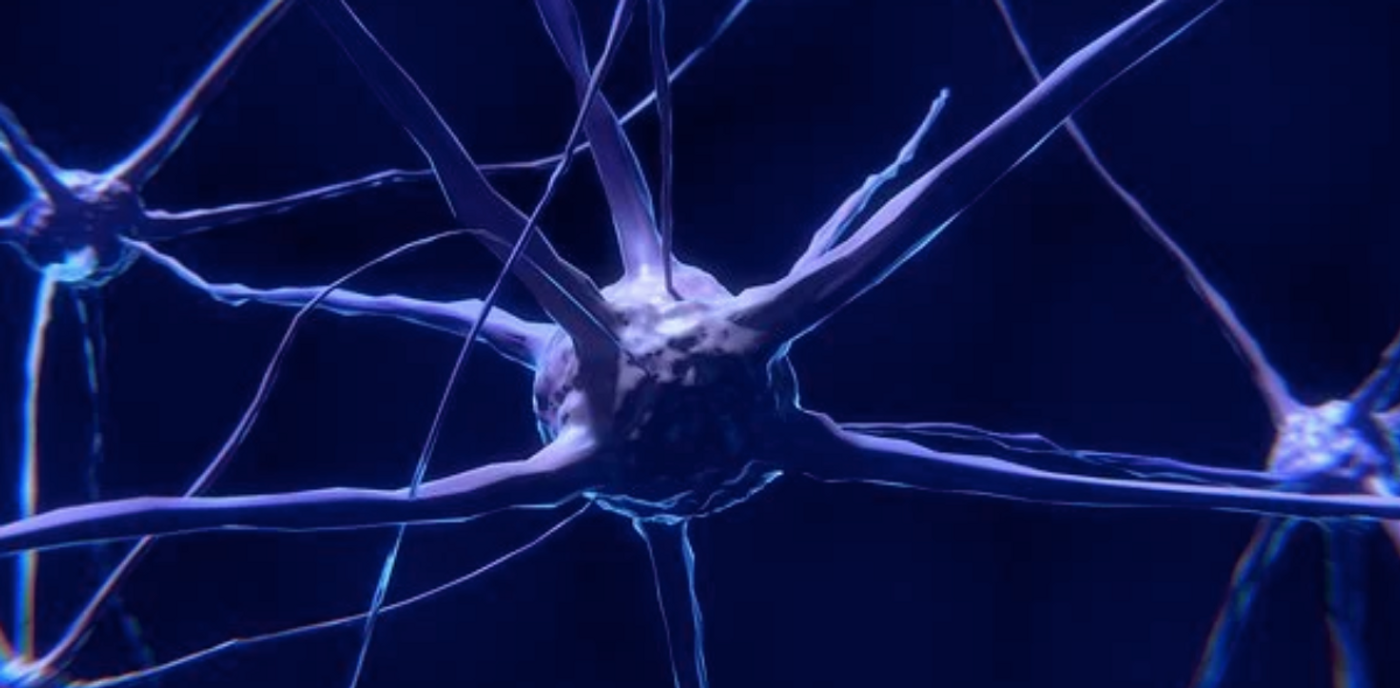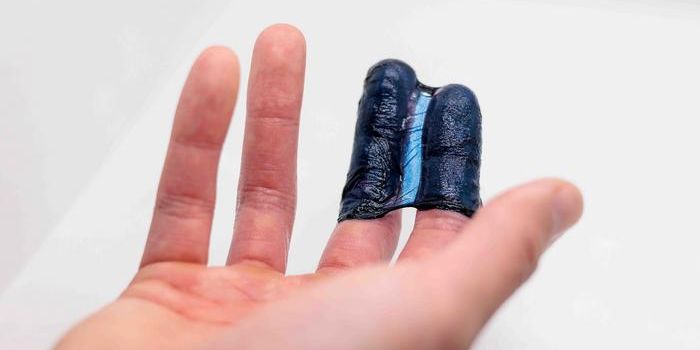In a First, Bach1 Protein Linked to Parkinson's, Revealing Potential Treatment
One of the most common neurodegenerative disorders is Parkinson's disease, impacting an estimated 10 million people around the world. In this disorder, neurons that produce a neurotransmitter called dopamine begin to die off, leading to movement dysfunction and tremors that get progressively worse. Scientists have now done a post-mortem analysis of the brains of Parkinson's disease patients to reveal more about the molecular processes underlying this disease.
The work showed that in brains impacted by Parkinson's disease, the levels of a protein called Bach1 are abnormally high, and that in cells where Bach1 remained at normal levels, Parkinson's-related damage had not occurred. Bach1 is a transcription factor, so its activity impacts the expression of many other genes. It has a known role in a variety of diseases as well as a process called oxidative stress. The research has been reported in the Proceedings of the National Academy of Sciences (PNAS).
“This is the first evidence that Bach1 is dysregulated in Parkinson’s disease,” said study co-author Bobby Thomas, Ph.D., a professor of Pediatrics in the College of Medicine at the Medical University of South Carolina (MUSC).
Bach1 is involved in cellular stress pathways, and the regulation of another molecule called Nrf2. Nrf2 helps activate over 250 other genes that can protect cells from stress. Bach1 expression seems to prevent that activation.
Animal models of Parkinson's also carried high levels of Bach1 protein. When the researchers created a mouse model that lacked Bach1, there was some evidence of a protective effect in neurons that generate neurons; these cells were not as affected by stress pathways. A genetic analysis of the mice laking Bach1 that had experienced some protection against neurodegeneration, showed that Bach1 was reducing the expression of other genes.
“What we found was that Bach1 not only represses the expression of protective genes that are under the control of Nrf2, but it also regulates the expression of many other genes not directly regulated by Nrf2,” said Thomas. “So there are additional advantages to inhibiting Bach1 besides just activating Nrf2. Ideally you would want a drug that inhibits Bach1 and also activates Nrf2.”
In collaboration with vTv Therapeutics, the researchers identified a potent inhibitor of Bach1, called HPPE, that protected cells from inflammation and the buildup of toxic oxidative stress when administered either before or after the onset of disease symptoms.
In a mouse model, HPPE had a better protective effect on neurons than other drugs that are now used to activate Nrf2. These drugs are known as electrophiles, and they have many side effects.
“The most interesting aspect of the study is that the Bach1 inhibitor is a non-electrophile, so it doesn’t work like the FDA-approved Nrf2 activators,” said Thomas. “As a result of this difference, hopefully, HPPE will not demonstrate as many side effects.”
More questions remain, but the researchers are planning to continue to investigate whether HPPE will be useful as a Parkinson's therapeutic. This drug may also be useful in the treatment of other neurodegenerative disorders.









